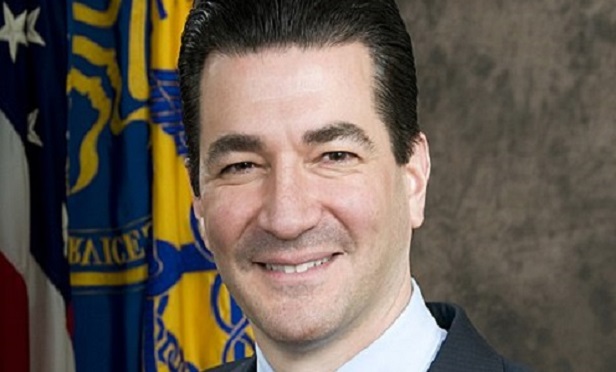
 Scott Gottlieb (Photo: FDA)
Scott Gottlieb (Photo: FDA)
Americans may soon be able to get cholesterol-lowering medications and other widely used prescription drugs without seeing a doctor, a first step in what could amount to sweeping changes to how patients access treatments for chronic conditions.
The Food and Drug Administration in a draft guideline on Tuesday outlined how such a status, which the agency said could help lower health care costs, would work. Patients could answer questions on a mobile-phone app to help determine whether they should be able to access a medication without a prescription.
"Our hope is that the steps we're taking to advance this new, more modern framework will contribute to lower costs for our health care system overall and provide greater efficiency and empowerment for consumers by increasing the availability of certain products that would otherwise be available only by prescription," FDA Commissioner Scott Gottlieb said in a statement.
The proposal is meant to help companies start thinking about how they might seek approval for such drug sales. A new FDA regulation that would make the pathway official is expected next year. The move isn't expected to lower the bar for shifting prescription drugs to over-the-counter status, Gottlieb said.
Finding a way to expand access to widely used prescription drugs has been a goal of regulators in recent years.
The FDA explored the idea of a "behind-the-counter" designation in 2007 that would have required interaction with a pharmacist. The Government Accountability Office in a 2009 report on the proposal asked whether consumers would end up paying more for their drugs since nonprescription medications typically aren't covered by insurance.



